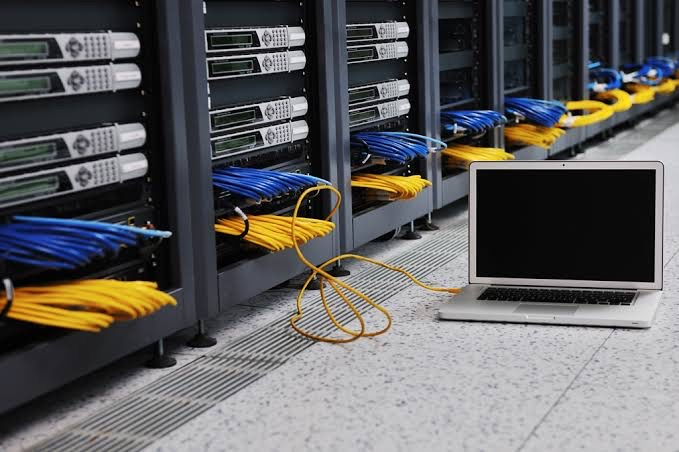The world of communication has developed quickly throughout the long term, with innovation assuming a basic part in working with communication among individuals and organizations. However, despite the ease with which we can communicate instantly via wireless networks and mobile devices, voice and data cabling serves as the invisible foundation upon which everything rests.
We’ll discuss the significance of voice and data cabling, its various types, as well as the advantages of professional installation.
What is Voice and Data Cabling?
The physical infrastructure that links telephones, computers, and servers to the internet and each other is referred to as “voice and data cabling.” Data and voice transmissions within an organization are made possible by this network, which consists of cables, wires, and connectors.
Data cabling is made for sending digital data, whereas voice cabling is made for voice communication. Voice and data cabling is commonly introduced in structures and workplaces to give a solid and secure organization for correspondence.
The Significance of Appropriate Voice and Data Cabling
Appropriate voice and data cabling establishment are essential for the smooth activity of any association. A very planned cabling framework takes into consideration rapid information transmission, a dependable network cabling system, and proficient correspondence. Network downtime, sluggish data transfer rates, and increased security risks can all result from a cabling system that has been poorly installed or is out of date.
A well-installed cabling system also makes it easier to add new devices and equipment as a business grows.
Types of Voice and Data Cabling
There are different types of voice and data cabling accessible on the lookout, with each sort intended to suit different organization necessities. The following are the most typical kinds of voice and data cabling:

- Category 5 (Cat5) – Small businesses and home networks can benefit from Category 5 (Cat5) cabling, which is designed to transmit data at speeds of up to 100 Mbps.
- Category 5e (Cat5e) – This kind of cabling is an improvement over Cat5 and can communicate data at rates of up to 1 Gbps. Small and medium-sized businesses will appreciate it.
- Category 6 (Cat6) – This kind of cabling is intended for sending information at velocities of up to 10 Gbps and is appropriate for enormous organizations and server farms.
- Fiber Optic Cabling – The fiber optic cabling that can transmit data at speeds of up to 100 Gbps makes use of light to do so. It is great for associations with high transmission capacity necessities, like medical clinics, colleges, and exploration organizations.
Advantages of Employing Professional Voice and Data Cabling Services
Employing professional voice and data cabling services has numerous advantages for businesses. Among these advantages are:
1. Diminished Free time – An expert cabling establishment guarantees that the organization is dependably ready to go, diminishing the gamble of the organization’s free time.
2. Improved Network Performance – High-speed data transmission, enhanced connectivity, and effective communication are all made possible by a cabling system that has been installed correctly.
3. Increased Safety – Professional cabling installation ensures the safety of the network, lowering the likelihood of cyberattacks and data breaches.
4. Future Proofing – The installation of professional cabling ensures that the network is scalable and capable of accommodating future expansion and technological advancements.
5. Compliance – The risk of penalties and fines is reduced when professional cabling installation ensures that the network complies with industry standards and regulations.
In conclusion, voice and data cabling plays a crucial role in modern communication systems, and organizations must invest in high-quality cabling infrastructure and maintenance to avoid communication breakdowns and ensure seamless operations.





